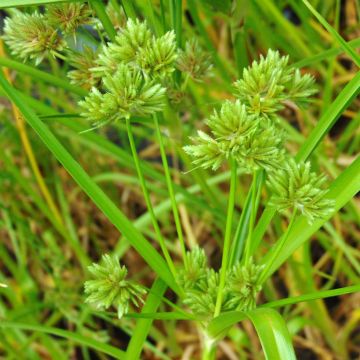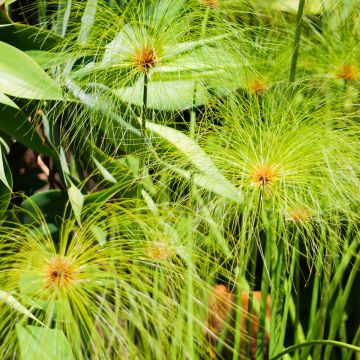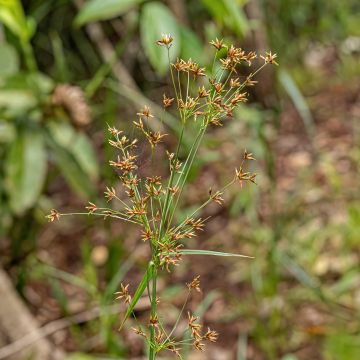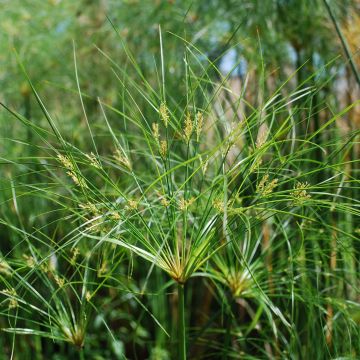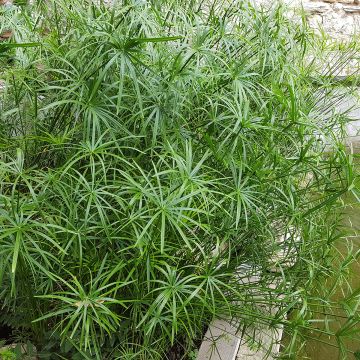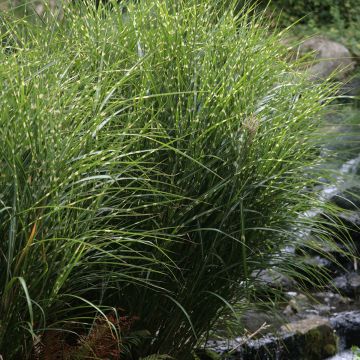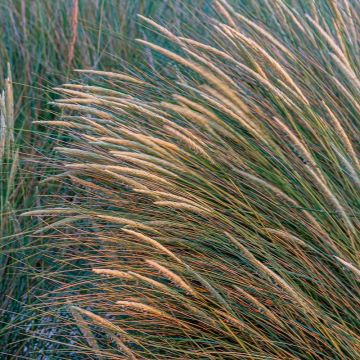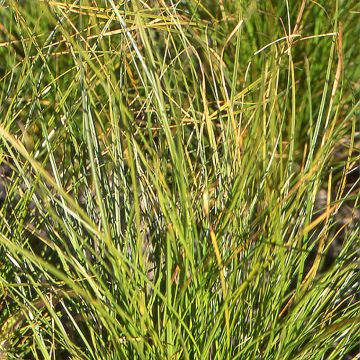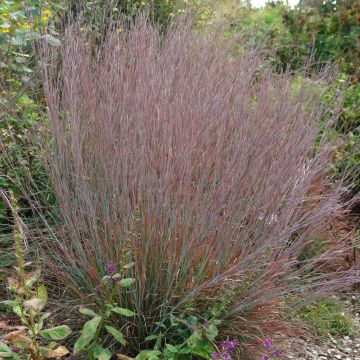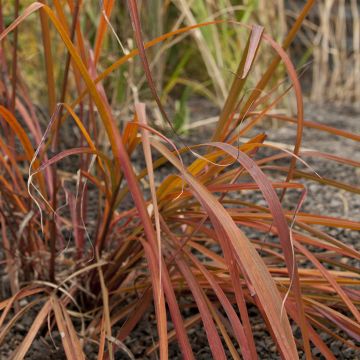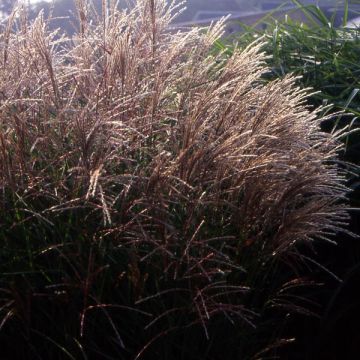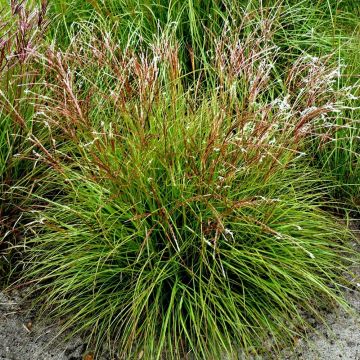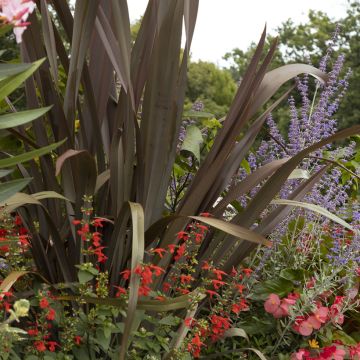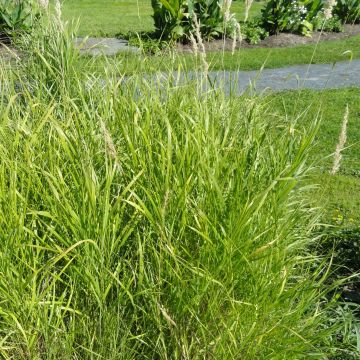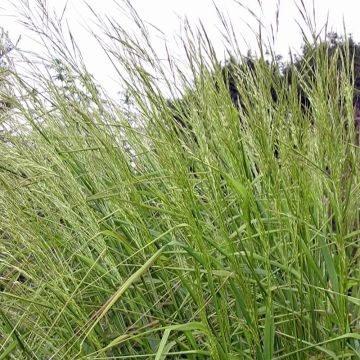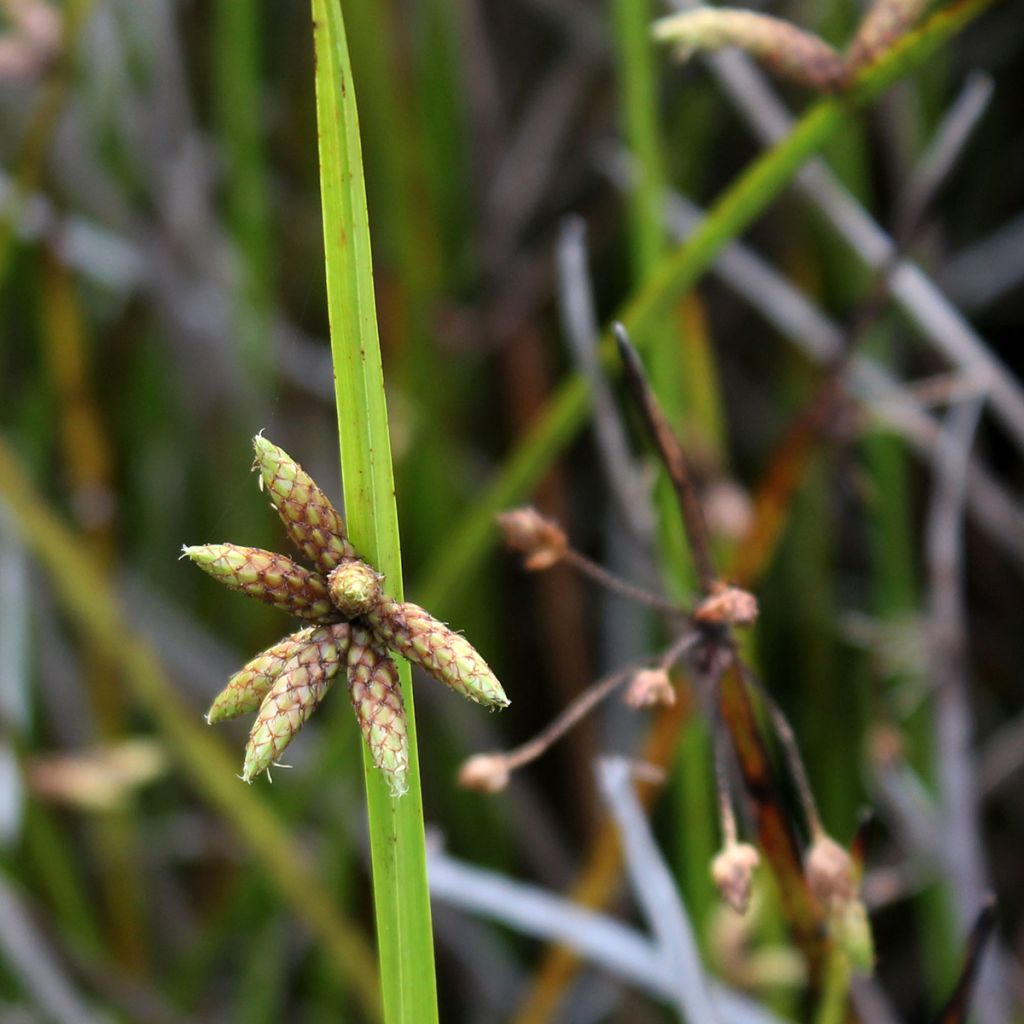

Scirpus mucronatus
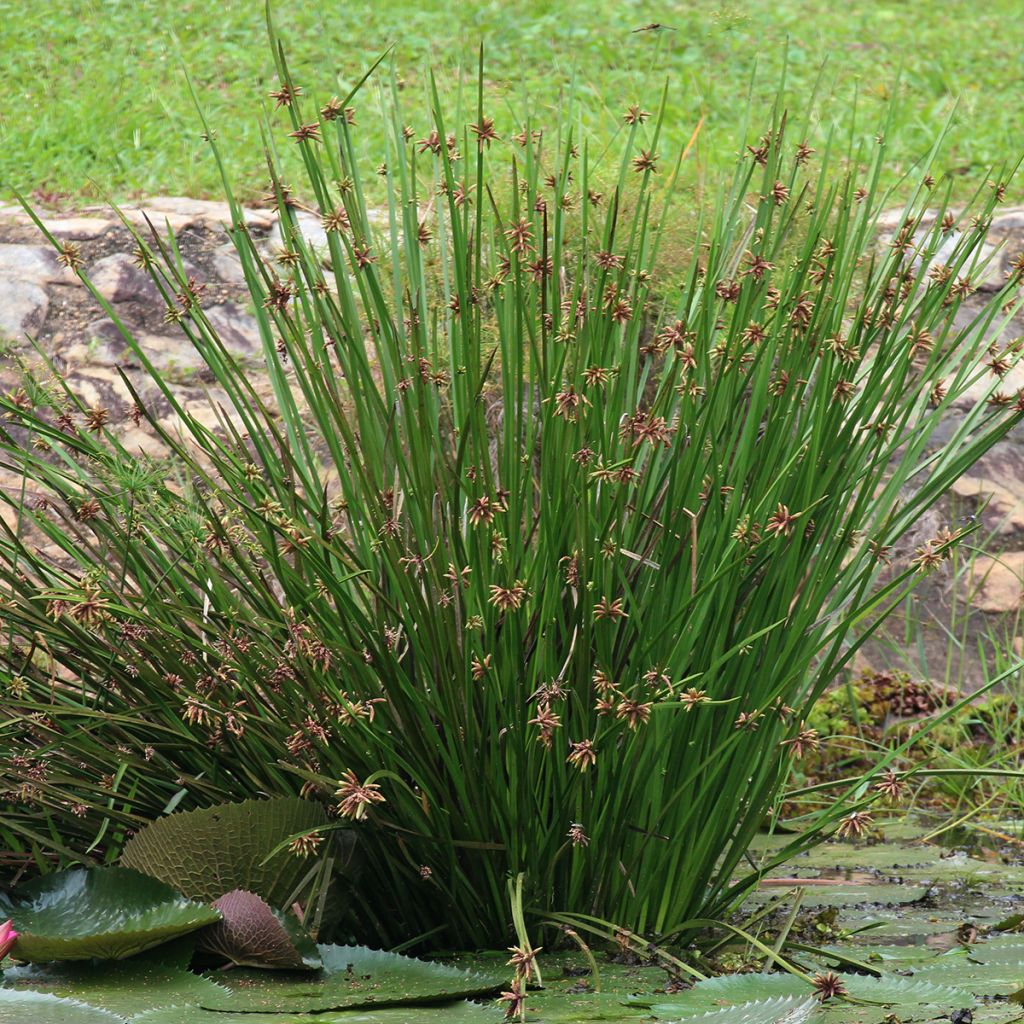

Scirpus mucronatus
Scirpus mucronatus
Scirpus mucronatus
Needlepod Rush, Needlepoint Bulrush
This item cannot be shipped to the selected country
Delivery charge from €5.90
Delivery to Corse prohibited
More information
Schedule delivery date,
and select date in basket
This plant carries a 12 months recovery warranty
More information
We guarantee the quality of our plants for a full growing cycle, and will replace at our expense any plant that fails to recover under normal climatic and planting conditions.
From €5.90 for pickup delivery and €6.90 for home delivery
Express home delivery from €8.90.
Delivery to Corse prohibited: UE law prohibits the import of this plant from mainland France to Corse as part of the fight against Xylella fastidiosa. Please accept our sincere apologies.
More information
Does this plant fit my garden?
Set up your Plantfit profile →
Description
The Scirpus mucronatus is an aquatic plant that will find its place on the edges of a body of water. It grows in very moist soil up to 5 to 10 cm deep in water. This perennial plant with rhizomes forms a clump of slender stems. At the top of these stems, there are clusters of reddish spikelets with a leaf-like bract all summer. It is a low-maintenance plant in terms of soil type and will thrive in full sun or partial shade.
From the family of Cyperaceae, the Scirpus mucronatus, also known as Schoenoplectiella mucronata, is a perennial plant with rhizomes that grows on the edges of ponds, rice fields, and marshes. It is found in central and southern Europe, western Asia, India, Egypt, and Australia. In Asia, it is considered a "weed" in rice fields. This perennial plant grows through rhizomes. It consists of upright stems with triangular cross-sections reaching 40 to 100 cm height. Its leaves, without lamina and glabrous, wrap around the lower part of the stem. From July to September, its stems are topped with a cluster of 3 to 8 spikelets, 4 to 12 mm long, reddish in colour, turning brown when ripe. They are extended by a mucronate floral bract (ending in a small point). This bract protrudes from the inflorescence. One can already imagine the dragonflies landing on these leaf-like structures!
The mucronate sedge is ideal for dressing the edges of a body of water in very moist soil or with its feet in the water. Create your perfect pond by associating it with oxygenating plants such as Elodea canadensis or Hippuris vulgaris, which play a role in purification. Add some colour with Lysimachia nummularia with its numerous yellow flowers and Iris ensata Gusto with its blue flowers. And add some Equisetum fluviatile, also known as Water Horsetail, to enhance the verticality of the ensemble.
Report an error about the product description
Flowering
Foliage
Plant habit
Botanical data
Scirpus
mucronatus
Cyperaceae
Needlepod Rush, Needlepoint Bulrush
Schoenoplectiella mucronata, Schoenoplectus mucronatus
West Asia
Other Cyperus
Planting and care
Scirpus mucronatus is not very demanding in terms of soil type. It will appreciate being placed in full sun or partial shade. It is an aquatic plant that can live with its feet in the water up to 5 or even 10 cm deep. Plant it in a basket filled with compost and place the basket in the water at a shallow depth. If your pond is home to Koi carp or other omnivorous fish with an herbivorous tendency, provide a mesh to protect the base of your mucronate Scirpus.
Planting period
Intended location
Care
This item has not been reviewed yet - be the first to leave a review about it.
Ornamental grasses
Haven't found what you were looking for?
Hardiness is the lowest winter temperature a plant can endure without suffering serious damage or even dying. However, hardiness is affected by location (a sheltered area, such as a patio), protection (winter cover) and soil type (hardiness is improved by well-drained soil).

Photo Sharing Terms & Conditions
In order to encourage gardeners to interact and share their experiences, Promesse de fleurs offers various media enabling content to be uploaded onto its Site - in particular via the ‘Photo sharing’ module.
The User agrees to refrain from:
- Posting any content that is illegal, prejudicial, insulting, racist, inciteful to hatred, revisionist, contrary to public decency, that infringes on privacy or on the privacy rights of third parties, in particular the publicity rights of persons and goods, intellectual property rights, or the right to privacy.
- Submitting content on behalf of a third party;
- Impersonate the identity of a third party and/or publish any personal information about a third party;
In general, the User undertakes to refrain from any unethical behaviour.
All Content (in particular text, comments, files, images, photos, videos, creative works, etc.), which may be subject to property or intellectual property rights, image or other private rights, shall remain the property of the User, subject to the limited rights granted by the terms of the licence granted by Promesse de fleurs as stated below. Users are at liberty to publish or not to publish such Content on the Site, notably via the ‘Photo Sharing’ facility, and accept that this Content shall be made public and freely accessible, notably on the Internet.
Users further acknowledge, undertake to have ,and guarantee that they hold all necessary rights and permissions to publish such material on the Site, in particular with regard to the legislation in force pertaining to any privacy, property, intellectual property, image, or contractual rights, or rights of any other nature. By publishing such Content on the Site, Users acknowledge accepting full liability as publishers of the Content within the meaning of the law, and grant Promesse de fleurs, free of charge, an inclusive, worldwide licence for the said Content for the entire duration of its publication, including all reproduction, representation, up/downloading, displaying, performing, transmission, and storage rights.
Users also grant permission for their name to be linked to the Content and accept that this link may not always be made available.
By engaging in posting material, Users consent to their Content becoming automatically accessible on the Internet, in particular on other sites and/or blogs and/or web pages of the Promesse de fleurs site, including in particular social pages and the Promesse de fleurs catalogue.
Users may secure the removal of entrusted content free of charge by issuing a simple request via our contact form.
The flowering period indicated on our website applies to countries and regions located in USDA zone 8 (France, the United Kingdom, Ireland, the Netherlands, etc.)
It will vary according to where you live:
- In zones 9 to 10 (Italy, Spain, Greece, etc.), flowering will occur about 2 to 4 weeks earlier.
- In zones 6 to 7 (Germany, Poland, Slovenia, and lower mountainous regions), flowering will be delayed by 2 to 3 weeks.
- In zone 5 (Central Europe, Scandinavia), blooming will be delayed by 3 to 5 weeks.
In temperate climates, pruning of spring-flowering shrubs (forsythia, spireas, etc.) should be done just after flowering.
Pruning of summer-flowering shrubs (Indian Lilac, Perovskia, etc.) can be done in winter or spring.
In cold regions as well as with frost-sensitive plants, avoid pruning too early when severe frosts may still occur.
The planting period indicated on our website applies to countries and regions located in USDA zone 8 (France, United Kingdom, Ireland, Netherlands).
It will vary according to where you live:
- In Mediterranean zones (Marseille, Madrid, Milan, etc.), autumn and winter are the best planting periods.
- In continental zones (Strasbourg, Munich, Vienna, etc.), delay planting by 2 to 3 weeks in spring and bring it forward by 2 to 4 weeks in autumn.
- In mountainous regions (the Alps, Pyrenees, Carpathians, etc.), it is best to plant in late spring (May-June) or late summer (August-September).
The harvesting period indicated on our website applies to countries and regions in USDA zone 8 (France, England, Ireland, the Netherlands).
In colder areas (Scandinavia, Poland, Austria...) fruit and vegetable harvests are likely to be delayed by 3-4 weeks.
In warmer areas (Italy, Spain, Greece, etc.), harvesting will probably take place earlier, depending on weather conditions.
The sowing periods indicated on our website apply to countries and regions within USDA Zone 8 (France, UK, Ireland, Netherlands).
In colder areas (Scandinavia, Poland, Austria...), delay any outdoor sowing by 3-4 weeks, or sow under glass.
In warmer climes (Italy, Spain, Greece, etc.), bring outdoor sowing forward by a few weeks.

































